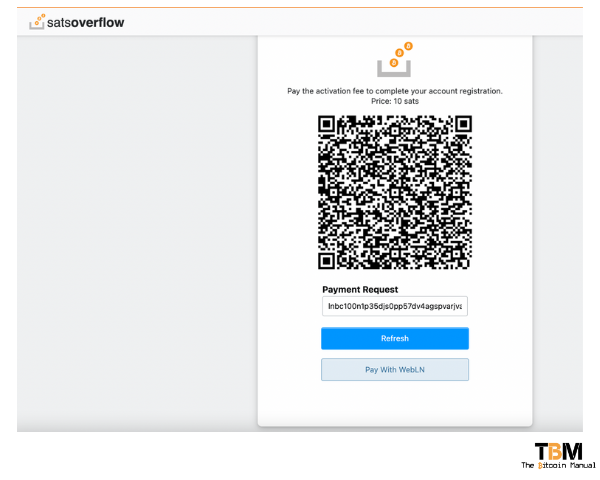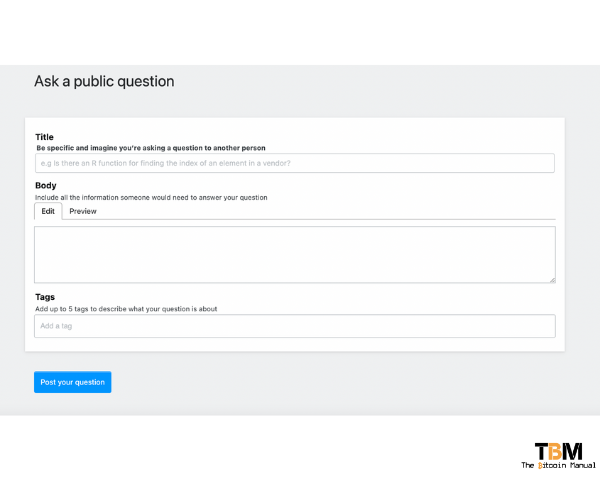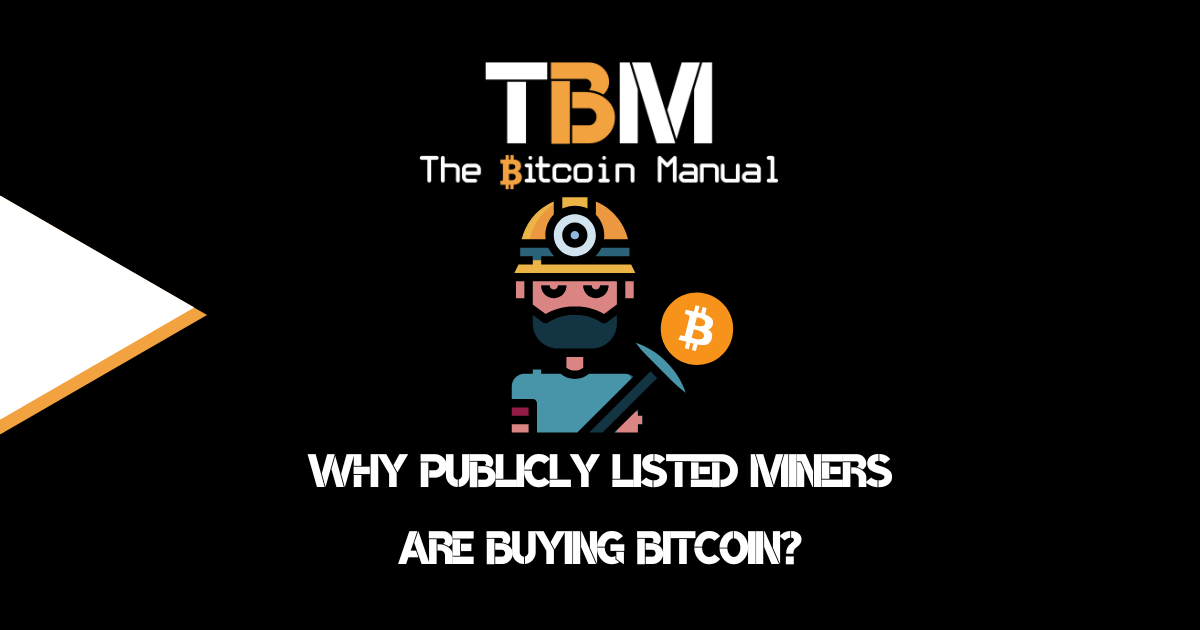Forums, discussion boards, and question-and-answer sites are as old as the internet itself; thousands of these websites exist, all tackling different niches; there are a few generalist sites that have gotten mainstream attention using this format. When we think of question-and-answer sites that provide reliable user-generated content, domains like Quora and Stackoverflow come to mind.
What is Stackoverflow?
Stack Overflow is the largest, most trusted online community for developers to learn, share their programming knowledge, and build their careers. It’s a public forum where you can find answers to questions about computer programming from colleagues, peers, and experts worldwide or post a question yourself and hope to get an answer from some of the most helpful members of the community.
Stack Overflow houses over 22 million questions and answers. Each is tagged so you can filter for what you need. You can also filter by user. Participants are categorised as new users, editors, or moderators. Additional user breakdowns include voting history and reputations.
Stack Overflow’s format resembles Reddit and does have a social media twist to it, with visitors needing a free account to participate. The New York-based company generates revenue in two ways, mainly through advertising revenue via its public-facing site and companies posting job opportunities. While it also offers a private product called Stack Overflow for Teams, which gives businesses access to a private version of the platform where their employees can collaborate.
What is Satsoverflow?
Satsoverflow takes the concept of Stackoverflow and its look and feel and gives it an orange makeover with the help of the Lightning Network. Users can post questions, and when they receive an answer, they will need to pay a certain amount of satoshis to unlock the answer.
The price of each answer is set by the person providing the answer; they can set the value, and it’s up to you to decide if their answer is worth paying for or if you wait for other answers instead.
What do you need to get started with Satsoverflow?
Using Satsoverflow is not free to sign up for; you need to sign up is a username and password to create the account. Once you have an account, you need to pay the activation fee of 10 satoshis, and your account will be verified. You can use any Lightning wallet to scan the QR code or copy the Lightning Invoice and paste it into a wallet.

Ideally, this process could be made far smoother once Satsoverflow adds support for LN-Auth as part of the Web-LN standard, allowing for one-click signup and sign-in using a browser-based wallet like Alby.
Once you’re signed in, you can post questions which is a fairly straightforward process; all questions require:
- A title
- A description
- Up to 5 tags

Once your question is published, you have to wait for another Satsoverflow user to provide an answer, with answers being masked behind a paywall. Any user, yourself included, will later have to decide if it’s worth paying to unlock that answer.
This is where the site has a bit of an issue; since they don’t collect contact details and user information nor have a way to communicate with users, you’re relying on a person to come to the site regularly to see if there are opportunities to answer questions. While there is an incentive to answer a question, as you could get paid for it, if you’re not aware of the opportunity, you will miss out.
Websites like Stackoverflow and Quora help facilitate answers by having a robust CRM system that sends out emails based on past user interactions and thus encourages users to answer questions. These sites also have on-site prompts when you are logged in to encourage you to browse possible questions you could provide answers for and grow your account.
Satsoverflow will need to find a way to communicate with users in a similar fashion without spamming them and allowing for an opt-in reminder; this could be done through Lightning wallets sending out notifications with a single satoshi to encourage people to check the site and answer questions or using commutation apps that run on Lightning like Sphinx Chat or via a Telegram bot, where new questions could be pushed to a community chat group.
How Satsoverflow works?
So you’re probably wondering if I need to pay for an answer, how will I know someone isn’t going to troll me or take me for a ride?
The truth is you don’t.
You will have to trust that people will not want to nuke their accounts and forgo future gains. Since Sats Overflow uses reputation to make it easy for buyers to decide which accounts to pay for answers. Every account has a reputation score calculated from its rating history, so you can look at a locked answer and decide if it’s worth paying to unlock.
Why the need for Satsoverflow?
Stackoverflow monetises helpful content posted on its site. Still, many content creators and moderators don’t get any monetary benefit for the hours of work and collective value they produce for these sites.
Yes, they do get public recognition which can lead to work and other forms of compensation, but having the ability to add micro-payments to your work simply adds another dynamic to the question-and-answer economy online.
Get the app
There you have it, another application you can use to try out Lightning, earn some satoshis and expand your bitcoin experience. If you’re new to the Lightning Network and you’re only getting started with your wallet and all the things you can and should do, it can be overwhelming but take your time to learn more about each app and why you would want it added to your Lightning stack.
Earning sats is a great low-risk option since you’re only trading your time for a few satoshis, which you can then use to fill your wallet and try out other Lightning-based applications.
If you’d like to try out Satsoverflow or want to learn more about it, we recommend checking out the following resources as part of your research.
Are you a bitcoin and lightning fan?
Have you been using Lightning to make micro-payments? Stream sats or engage with apps? Which app is your favourite? Have you tried all the forms of Lightning payments? Which one do you prefer? Let us know in the comments down below.




